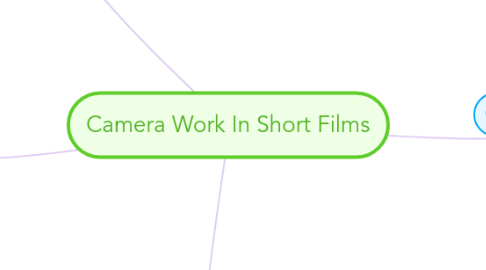Camera Work In Short Films
저자: Anthony Oakley

1. Aperture and Depth of Field
1.1. Aperture has a major role in depth of field. Aperture effectively blurs what the camera is not focused. The greater the aperture, the more the camera will take in and thus the more there is in the scene that appears sharp.
2. Camera Angles
2.1. Camera angles are often used to show who has superiority in the scene. A shot tilted upwards, low angle shot, makes the character in frame seem like they are towering over you and therefore has more power than who they are talking to. The opposite is true.
3. Camera Movement
3.1. There is minimal camera movement found in Drama short films. One of the more common movements is the tracking shot. This movement is often found when following two people talk as the camera stays in front of them and follows their path ahead of them.
4. Camera shots
4.1. In short films, specifically the genre Drama, the most common camera shots are close ups and mid shots with occasional long shots and establishing shots.
4.2. This is because Dramas are all about everyday life and how characters interact with everyday life. These camera shots (close ups and mid shots) are very effective in showing emotion and reactions, thus suiting the Drama genre perfectly.
4.3. The establishing shots are rather scarce in drama short films because there are not many location changes. However, when there is a location change in the short film, the change is often accompanied by an establishing shot to remind the viewer that there has been a location change. The long shots then follow to see how the character is interacting in the area.


